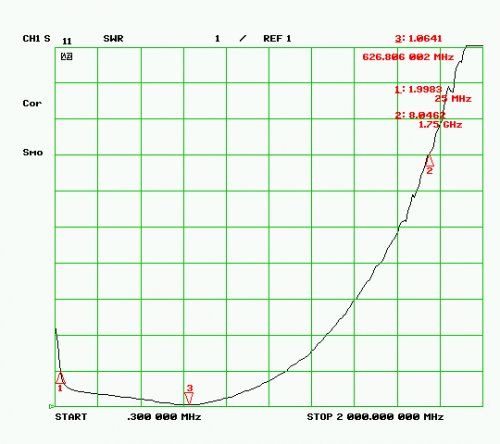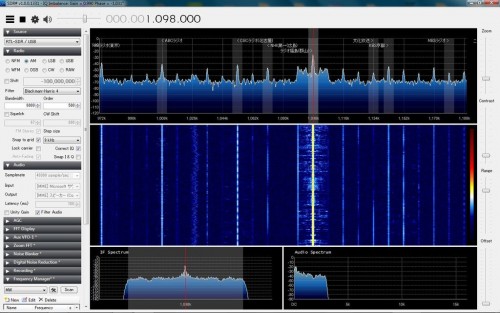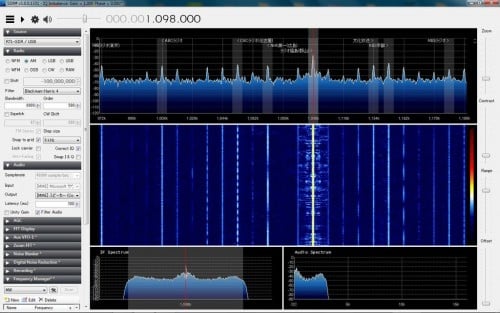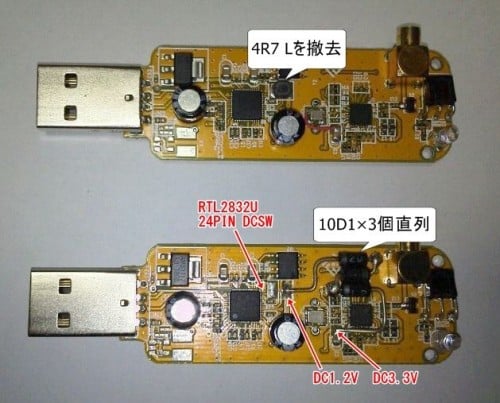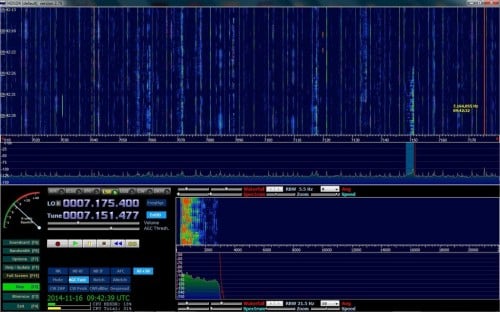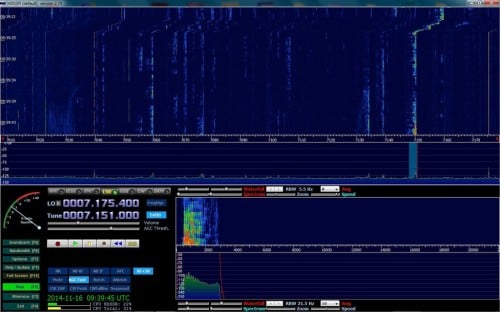Mods and Performance of an R820T2 RTL-SDR
Over on his blog, RTL-SDR experimenter Laidukas had added a post showing how he modded his R820T2 RTL-SDR for improved noise performance. The mods he applies are:
- Addition of 100nF, 1nF and 100pF bypass capacitors on the power supply rail.
- Added a common mode choke to the 5V line.
- Added a MuRata NFM21 EMI suppression filter to the 5V line.
- Replaced the oscillator with a 0.3 ppm temperature controlled oscillator (TCXO).
- Disabled the internal RTL2832U 1.2V switching supply and provided external 3.3V and 1.2V supplies.
- Replaced the MCX connector with an SMA female connector.
- Enclosed circuit in a metal box.
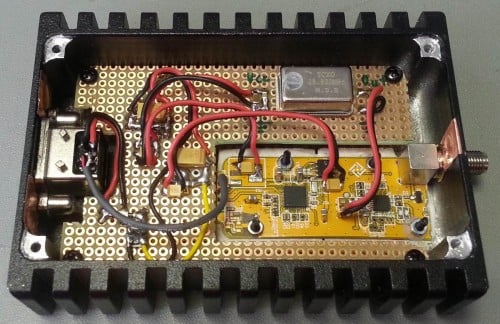
In addition to the mods, Laidukas also made some measurements on the performance of the R820T2 on some metrics. In the first test he measured the input insertion loss or SWR. He found that the SWR was below 2 between frequencies of 25 MHz to 1076 MHz. At higher frequencies the SWR reached levels up to about 8.
Another test showed that with the LNA disabled the R820T2 had a lower noise floor by about 7dB, when compared to the R820T.
